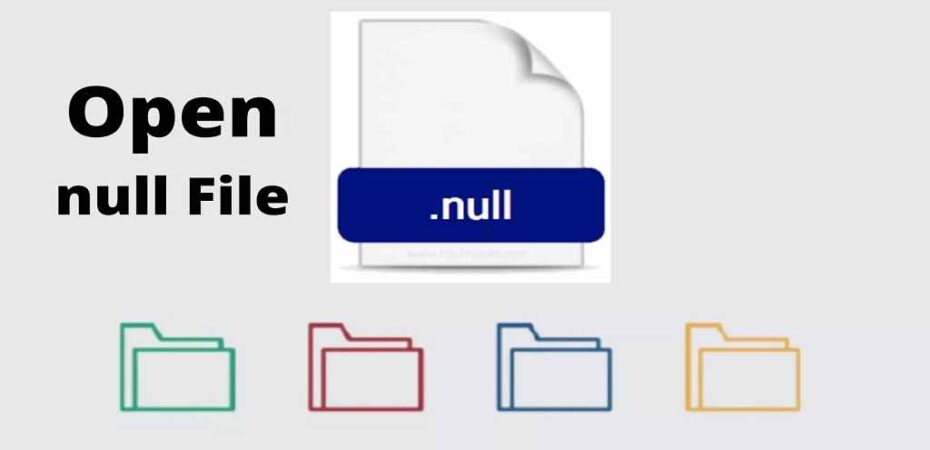A “null file” is a special file that has no contents and is typically used as a placeholder or as a destination for data that is not meant to be stored. To open a null file, you can use any text editor or word processing program, such as Notepad, TextEdit, or Microsoft Word.
Here are the steps to open a null file in some popular text editors:
- Notepad (Windows):
- Open the Start menu and type “Notepad” in the search bar.
- Click on the Notepad app to open it.
- From the File menu, select “Open.”
- In the Open dialog box, navigate to the location where the null file is located.
- Select the null file and click the “Open” button.
- TextEdit (Mac):
- Open Finder and navigate to the location where the null file is located.
- Double-click on the null file to open it in TextEdit.
- Microsoft Word:
- Open Microsoft Word.
- From the File menu, select “Open.”
- In the Open dialog box, navigate to the location where the null file is located.
- Select the null file and click the “Open” button.
It is important to note that a null file will contain no data, so there will be no contents to view or edit.
Also, in Unix-like operating system, the /dev/null file is a special file that discards all data written to it, and provides end-of-file when read. This file can be useful for discarding unwanted output of a command.
Read Also

